
Accidents happen. Should your dog suffer an injury, he’ll not only be in pain, but most likely will also be afraid and confused. Your pet might bite or scratch if not handled with care. The American Veterinary Medical Association offers this advice for a dog owner whose pet has been injured:
Any first aid you administer to your dog should be followed by immediate veterinary care.
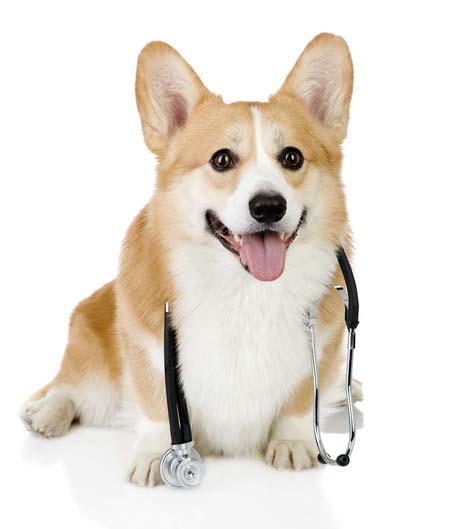 Dog Licking Paws: Natural Remedies
Dog Licking Paws: Natural Remedies
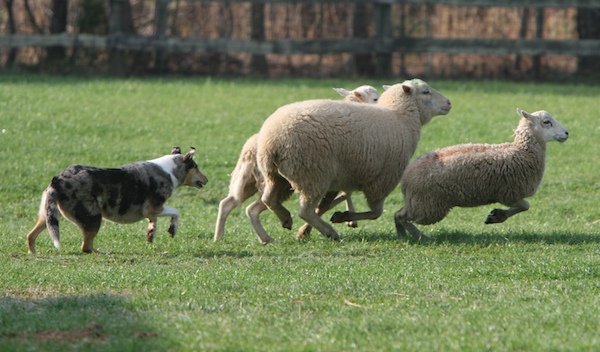 Common Heartworm Medication Ivermectin Can Have Serious Side Effects for Some Breeds
Common Heartworm Medication Ivermectin Can Have Serious Side Effects for Some Breeds
 Breeders and Taxes
Breeders and Taxes
 Beware of Online Misinformation About Canine Health Care
Beware of Online Misinformation About Canine Health Care
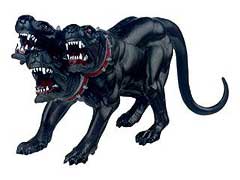 Dog Distemper Treatment – What Can I Do To Help My Dog?
Dog Distemper Treatment – What Can I Do To Help My Dog?
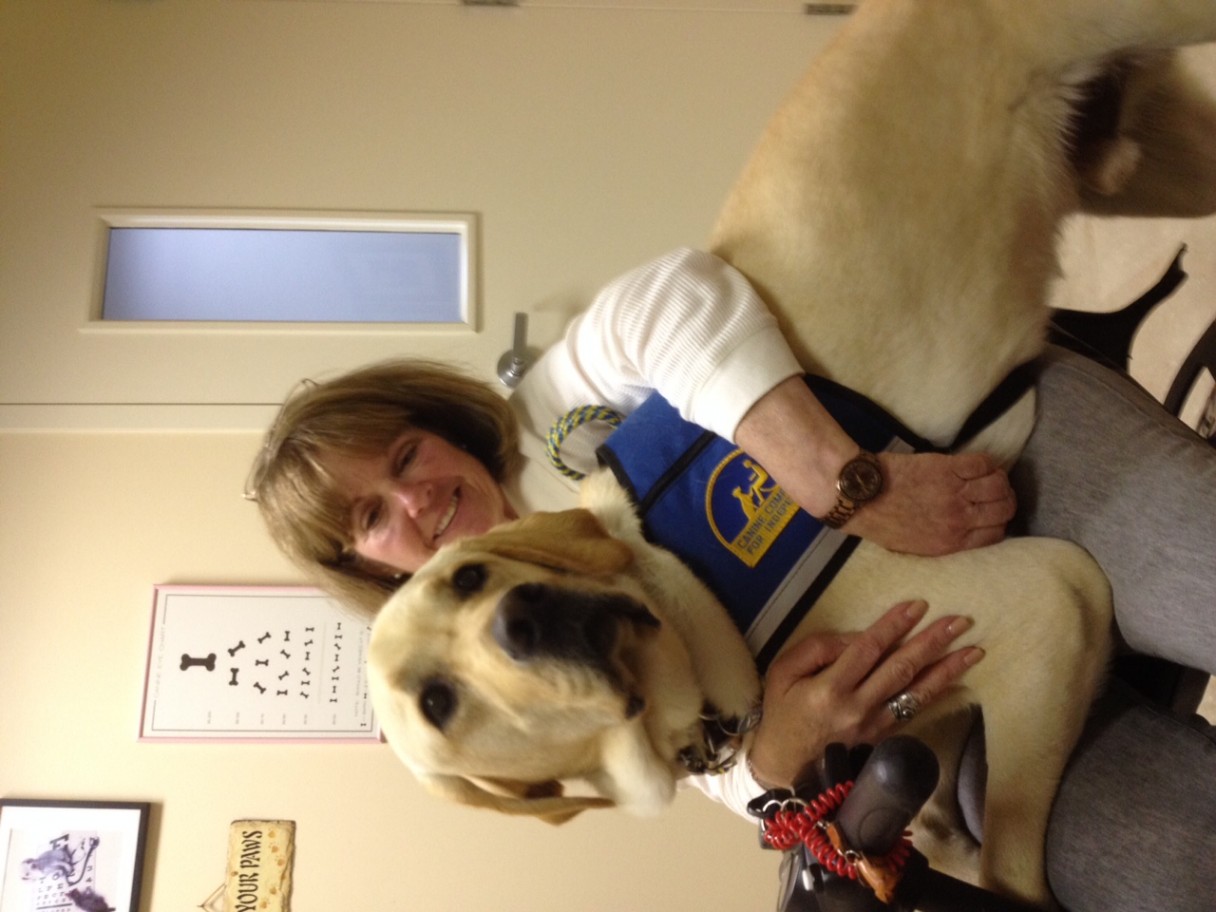 Screening Program Provides Free Eye Exams to Service Dogs
Screening Program Provides Free Eye Exams to Service Dogs
 Dogs and Mental Health - What You Need to Know
Dogs and Mental Health - What You Need to Kno
Dogs and Mental Health - What You Need to Know
Dogs and Mental Health - What You Need to Kno
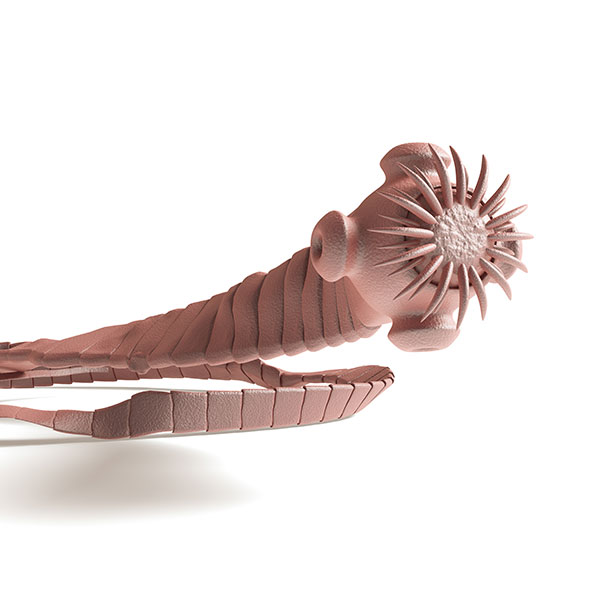 Tapeworms in Dogs: Symptoms, Treatment, & Prevention
What are Tapeworms?
Tapeworms are
Tapeworms in Dogs: Symptoms, Treatment, & Prevention
What are Tapeworms?
Tapeworms are
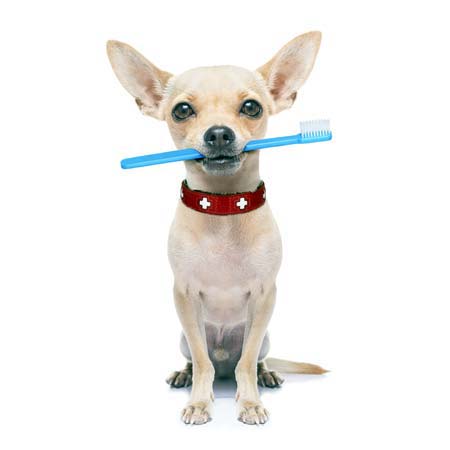 Dog Dental Care Prevents Tooth and Gum Pain
Your dog depends on you to help him
Dog Dental Care Prevents Tooth and Gum Pain
Your dog depends on you to help him
 CHF and Zoetis Reproduction Series: Whelping and Dystocia
The AKC Canine Health Foundation (C
CHF and Zoetis Reproduction Series: Whelping and Dystocia
The AKC Canine Health Foundation (C
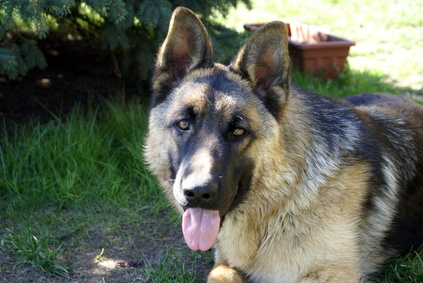 How Often Should You Breed a Stud Dog?
How Often Should You Breed a Stud Dog?
How Often Should You Breed a Stud Dog?
How Often Should You Breed a Stud Dog?
Copyright © 2005-2016 Pet Information All Rights Reserved
Contact us: www162date@outlook.com